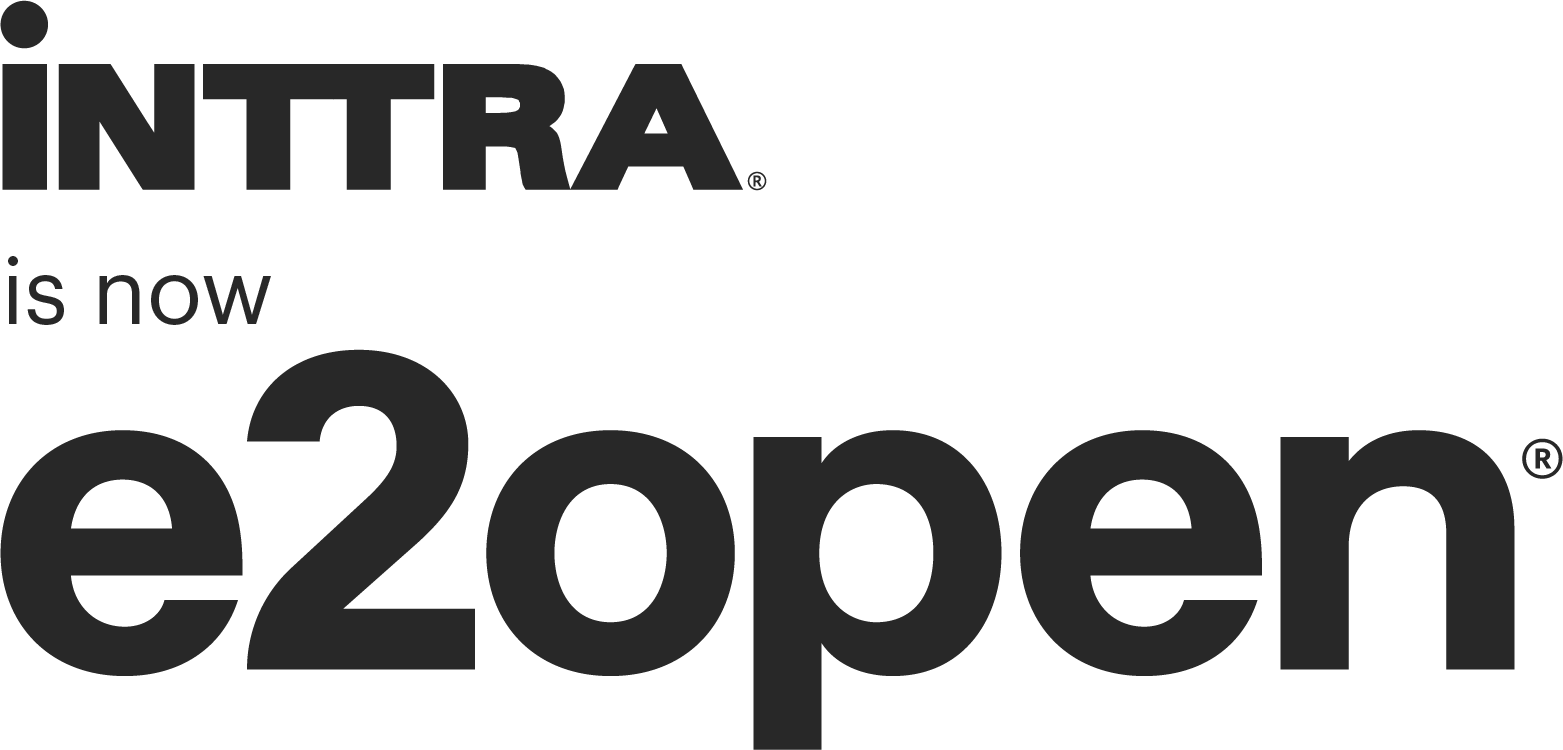Container shipping booking platform and information provider INTTRA is launching a pilot program that seeks to help shippers better manage their contract ocean freight rates. According to INTTRA President and Chief Operating Officer Inna Kuznetsova, current BCO systems for managing rates are fundamentally flawed in that they are not agile enough to capture and communicate the myriad rate adjustments that take place after the contract rate is agreed upon.
“The same forwarder and carrier may have several hundred different contracts with dozens of additional charges on top of their base rates,” Kuznetsova told American Shipper in a recent interview. “Those elements all change independently based on oil prices, seasonal weather and many other factors, and carriers are still often manually entering these changes into Excel sheets and loading them into the forwarders’ rate management programs.
“To quote a rate to customers, the forwarder must check these changes, but there is a time lapse between changing and receiving rate changes, not to mention human errors, which translates into extremely high error rates in invoicing,” she said. INTTRA estimates between 30 percent and 45 percent of forwarder invoices are incorrect as a result of the inefficiencies in this process.
And as a result, additional time and resources are expended on both the shipper and forwarder side in order to reconcile these erroneous invoices.
At end of 2017, INTTRA performed a proof of concept for a rate management program that sought to eliminate these unnecessary invoicing issues.
Real individual contract rates — i.e. not just the tariff rate — are entered and sent electronically to be either imported into a forwarder’s existing rate management system or quoted directly to customers.
The program was built on an encrypted blockchain using INTTRA’s cloud services, allowing for constant updates while also ensuring rates remain confidential and accurate, and was carried out in conjunction with a major ocean carrier in order to test the system in real time.
Now, the company is moving to the next stage in the development process, piloting the rate management system in a multi-carrier, multi-shipper environment. Although the proof of concept was conducted on a confidential basis so that INTTRA could work out the kinks without too much outside interference, Kuznetsova said one of the goals of announcing the expanded pilot was to attract more participants to the system.
A truly automated rate management system could potentially mean millions in cost savings for the industry, but perhaps more interesting is what the pilot program says about the development of technology in the ocean transport and logistics space, as well as what INTTRA sees as its role in that
development.
The company announced the pilot in conjunction with the release of a new survey and white paper, both of which address issues surrounding the digitization of shipping data. All three debuted at INTTRA’s annual technology summit in Hamburg, the theme of which was “enabling collaboration across the container industry.”
And for INTTRA and Kuznetsova, collaboration and communication across various supply chain stakeholders will be the real secret sauce for unlocking the value of technology in the logistics industry in the short term.
That’s not to say that nascent technologies like blockchain won’t someday have a huge effect on the way the industry operates, just that there is still a tremendous amount of value that shippers and carriers can extract from technologies and systems that already exist.
“It’s less about maturation of technology now and more about setting and implementing standards for how it is used and how data is communicated,” said Kuznetsova.
“Chasing the newest technology only makes sense when that new technology can get you that return on investment in terms of efficiency,” she said. “Often, technology choices are made for the wrong reasons. A company should only take on a new technology or system based on an in-depth understanding the both the technology itself and the expected ROI on that investment.”
In other words, innovation is great, but innovation simply for innovation’s sake isn’t necessarily a recipe for success, much less profitability.
“The way that the industry is today, building innovation into action is more important than chasing innovation,” said Kuznetsova. “The ocean shipping industry has spent roughly $3 billion in recent years to develop exciting new technologies like artificial intelligence and predictive analytics, but even these are still in development.
“For new technologies to provide real value for stakeholders, the industry must first learn to drive returns on existing technology,” she said. “The key is to digitize first, then connect, then innovate.” One example of this somewhat misguided rush to innovate is the advent of blockchain technology. Judging by the sheer number of companies now peddling the next big blockchain-backed solution for shipping, as well as the amount of coverage given to those companies by the media (American Shipper included), it’s more than clear that the concept has generated a tremendous amount of
excitement.
But just like the advent of the internet itself, blockchain is still so new that it is impossible to predict how it will be deployed in the future.
Who could have predicted that such a simple concept like connecting physically separate computer systems via an “information superhighway” would evolve into the internet of today? Who would have thought that a couple of kids in Palo Alto would invent Napster and fundamentally change the way we view peer-to-peer data sharing, that a Harvard student would create Facebook and completely change the ways in which human beings interact with one another, or that an online bookstore would one day transform consumer behavior as we know it?
The solution then, according to Kuznetsova, is not to ignore these budding technologies, but to focus on those that are already available and can provide concrete value and solutions to some of the industries longstanding pain points without additional innovation or even development.
Leading up to the company’s technology summit, INTTRA conducted a survey of key BCO, carrier and forwarder executives that coincided with a new white paper entitled “The Path to an Intelligent Supply Chain.”
As noted by both the white paper and borne out in the survey results, the vision of an intelligent supply chain — i.e, one that learns and improves independently based on both baseline data inputs and real world experience, predicts and anticipates customer needs and even sees and responds to unplanned disruptions — might still be a ways away, but many building blocks for such a system already exist. Kuznetsova said the key to unlocking the value of these building blocks will be collaboration and communication.
“A single container and the associated data often pass through 20 different companies, but the chain is only as strong as its weakest link,” she said. “We see new tech adopted faster and faster, with new businesses and new models. It’s time to share info and knowledge, because many problems require more than one company to solve and to create value for the industry as a whole.”
The survey, for example, found that 46 percent of respondents said data sharing across the supply chain was the biggest challenge currently facing container carriers, compared with just 31 percent who cited overcapacity as the most pressing issue. That’s a pretty significant figure considering the carriers have often struggled to turn a profit in recent years as a result of excess capacity in the market. By comparison, respondents said the biggest container shipping challenges for BCOs and freight forwarders are managing demurrage and detention fees (50 percent); in-transit visibility (43 percent); managing bills of lading and other shipping documents (40 percent); and managing rates and rate changes (40 percent).
“Venture capital, private equity and shipping companies have been investing large sums in the Internet of Things, API connectivity, blockchain, the list goes on, in an effort to digitize the massive amounts of data produced by the shipment of goods, but a lot of pain and work are still needed to actually implement any of these technologies,” said Kuznetsova.
And given the company’s history — INTTRA was founded by several top ocean carriers as a neutral, independent platform to help shippers and carriers communicate without cumbersome paper faxes and time-consuming phone calls — Kuznetsova and her fellow executives say INTTRA could play a crucial role in fostering connectivity between various stakeholders.
“Over its 17-year history, INTTRA has helped the industry to standardize and digitalize a number of processes, including bookings, shipping instruction submissions and tracing container events,” the company said in the white paper. “These started out as manual processes, and while there has been great success in moving half of bookings into a digital format, the other half remains manual.” Added Kuznetsova, “By listening to our industry, we can design products that elevate key issues for customers.”
She cited the automated rate management pilot as another example of how INTTRA can help the industry tackle some of its most pressing, not to mention costly, challenges.
“Many customers name data sharing across the industry as another challenge,” she said. “As supply chains get digitalized, new opportunities to connect various sources create a foundation for better visibility and optimization. Our advances in network services, including API-enabled connections, help our customers to accelerate the digital transformation and overcome hurdles.”
INTTRA CEO John Fay added, “INTTRA is well positioned to drive the collaborative effort required to address industry challenges like a contracted rates management network and data interoperability, as well as landside equipment optimization through Avantida. It is clear, based on the feedback from our [summit] attendees and the momentum in our business, that the industry has moved over the digitalization tipping point.
“This is the year of moving from innovation to action.”




